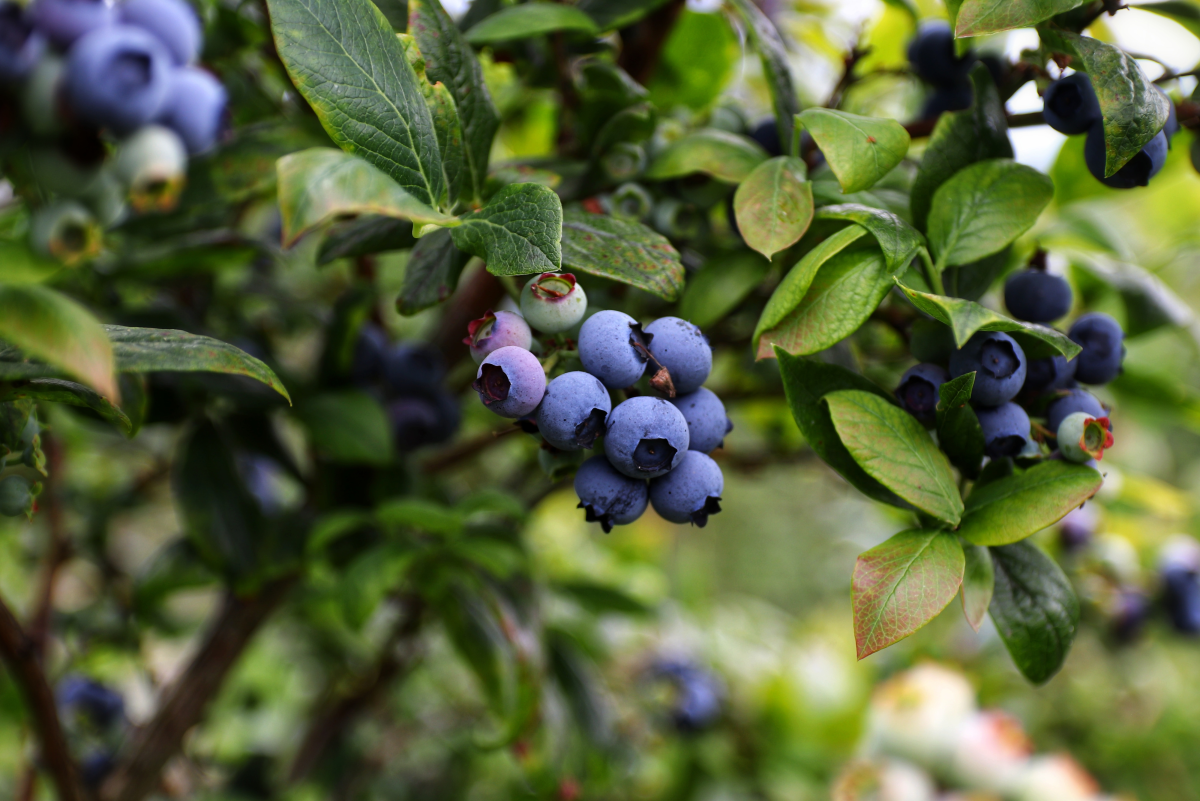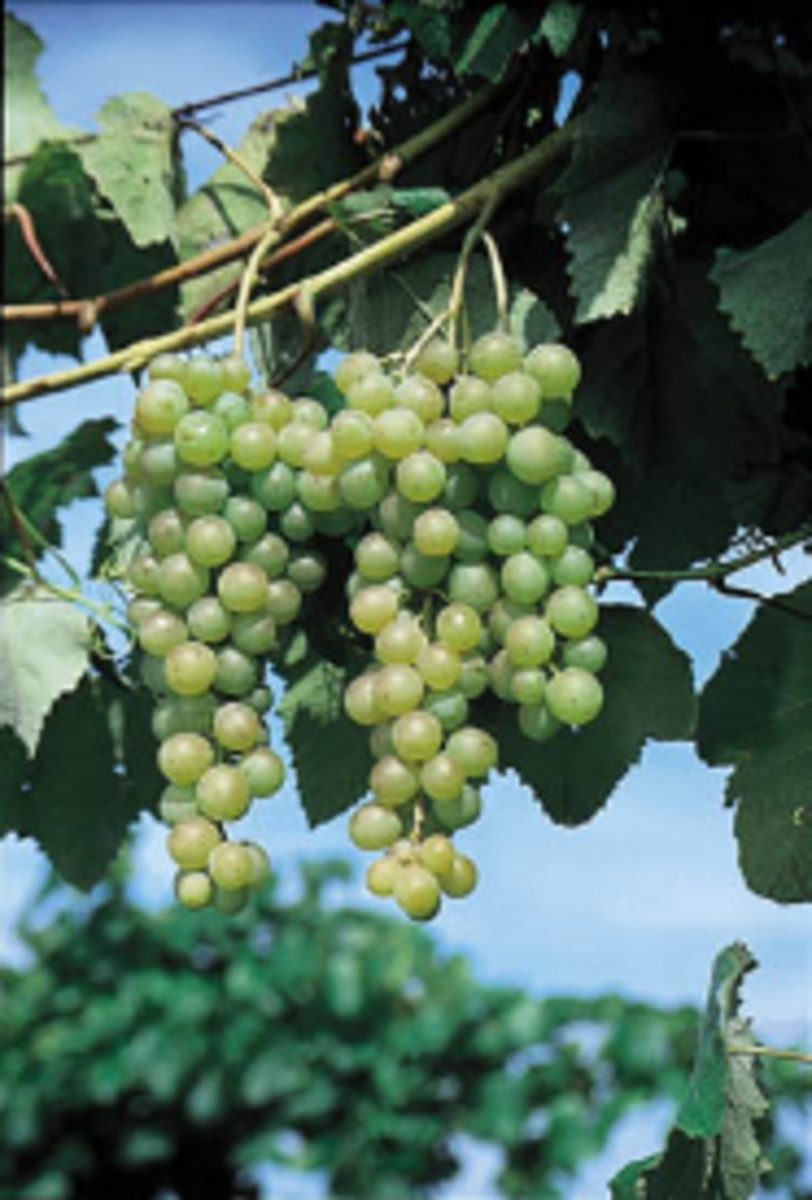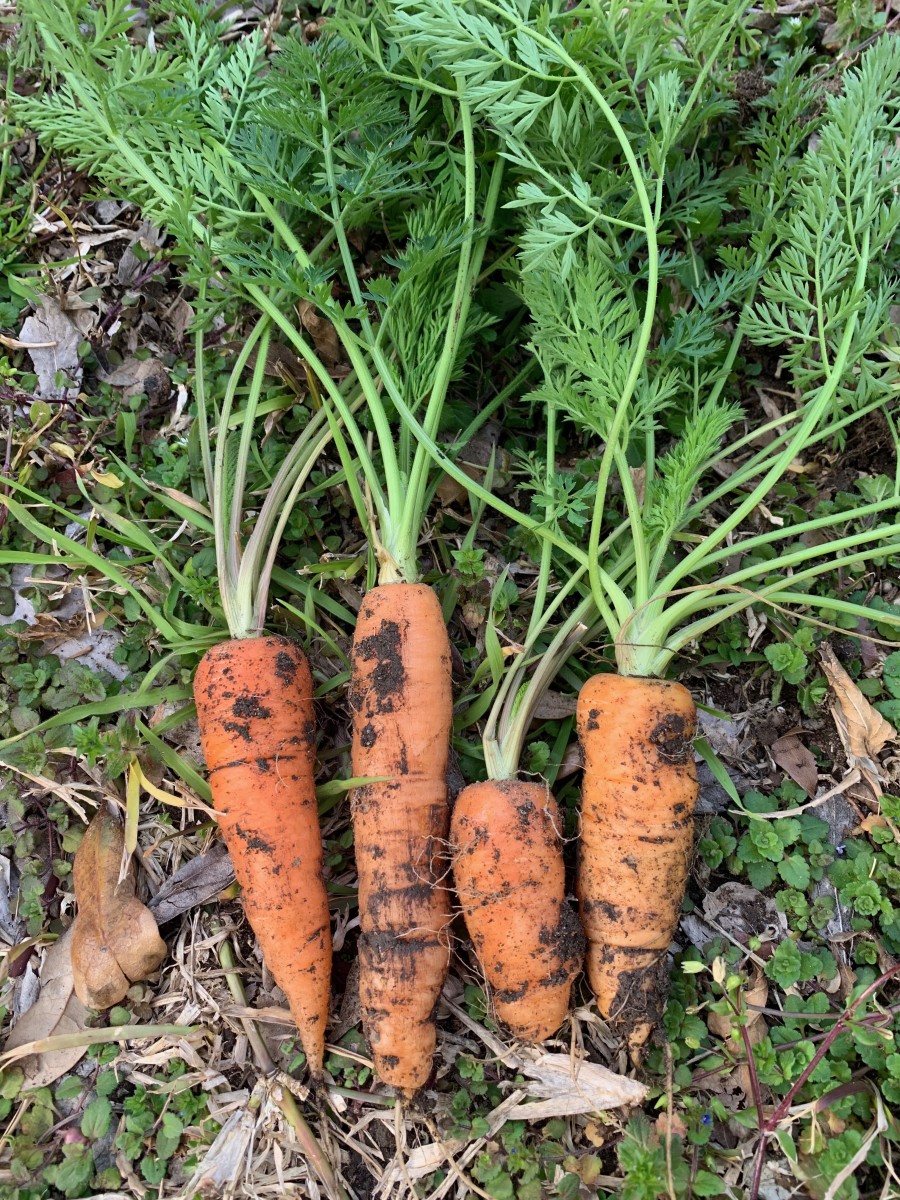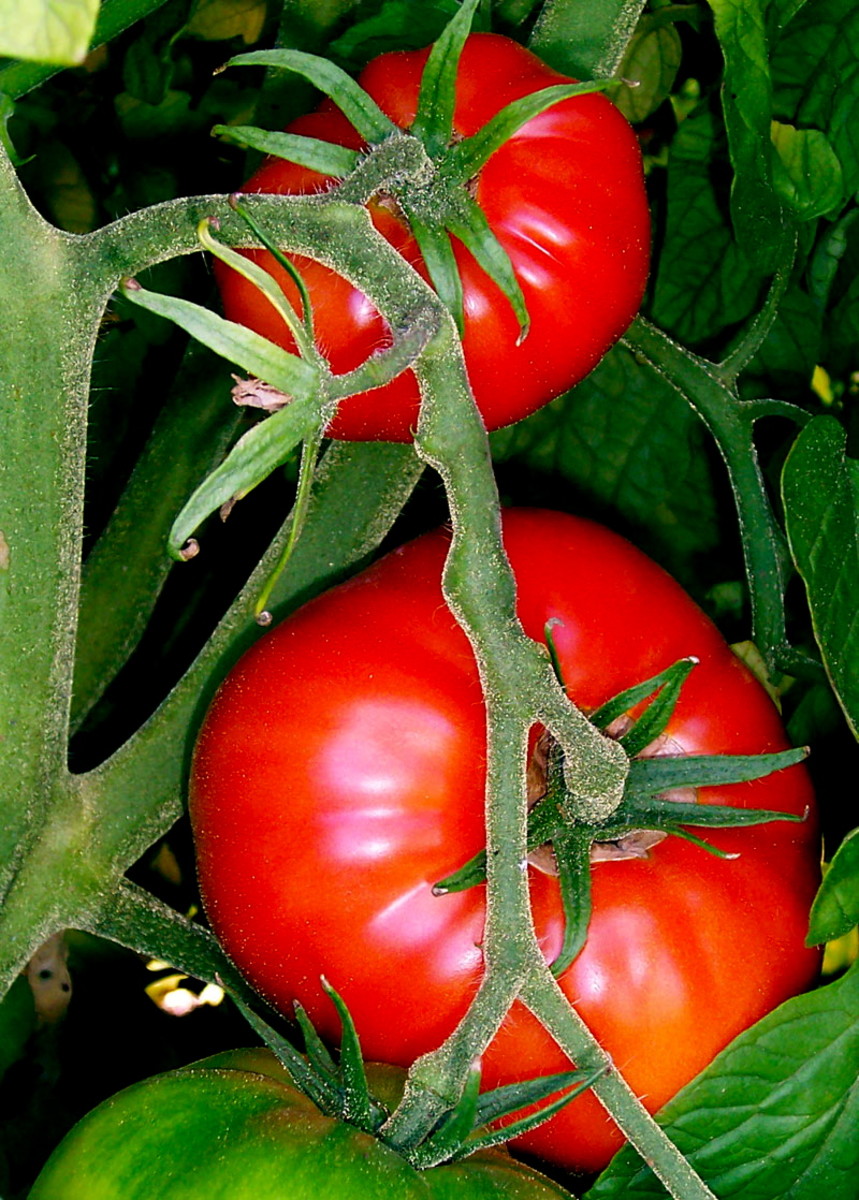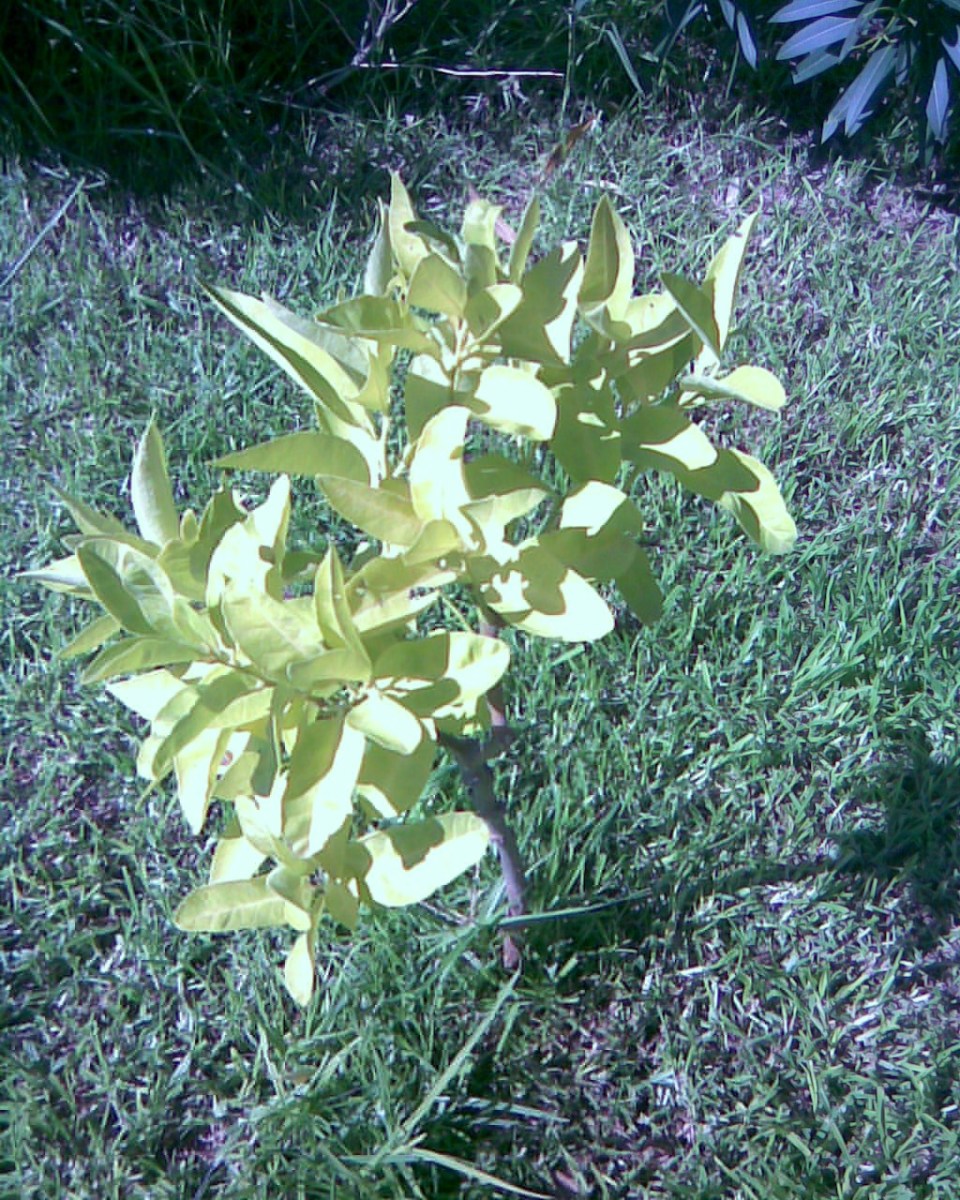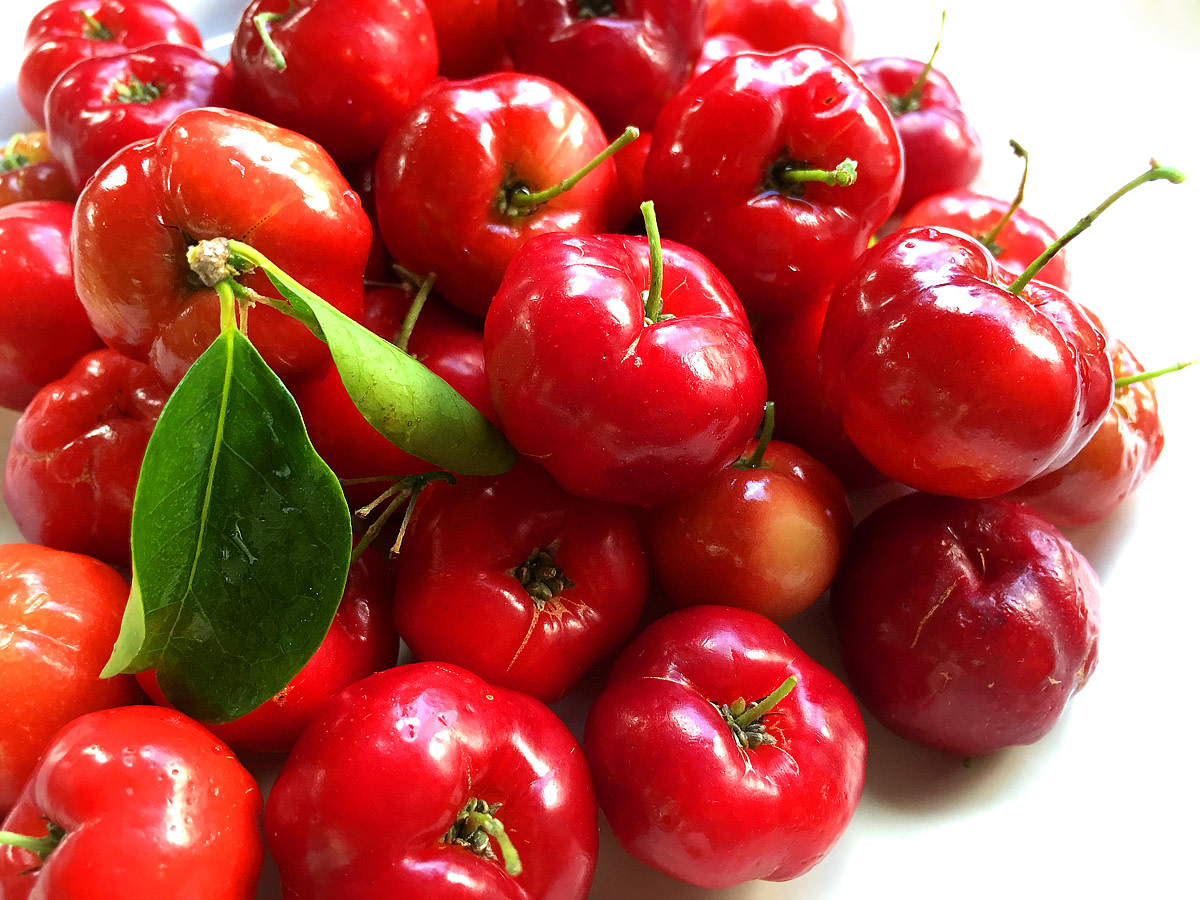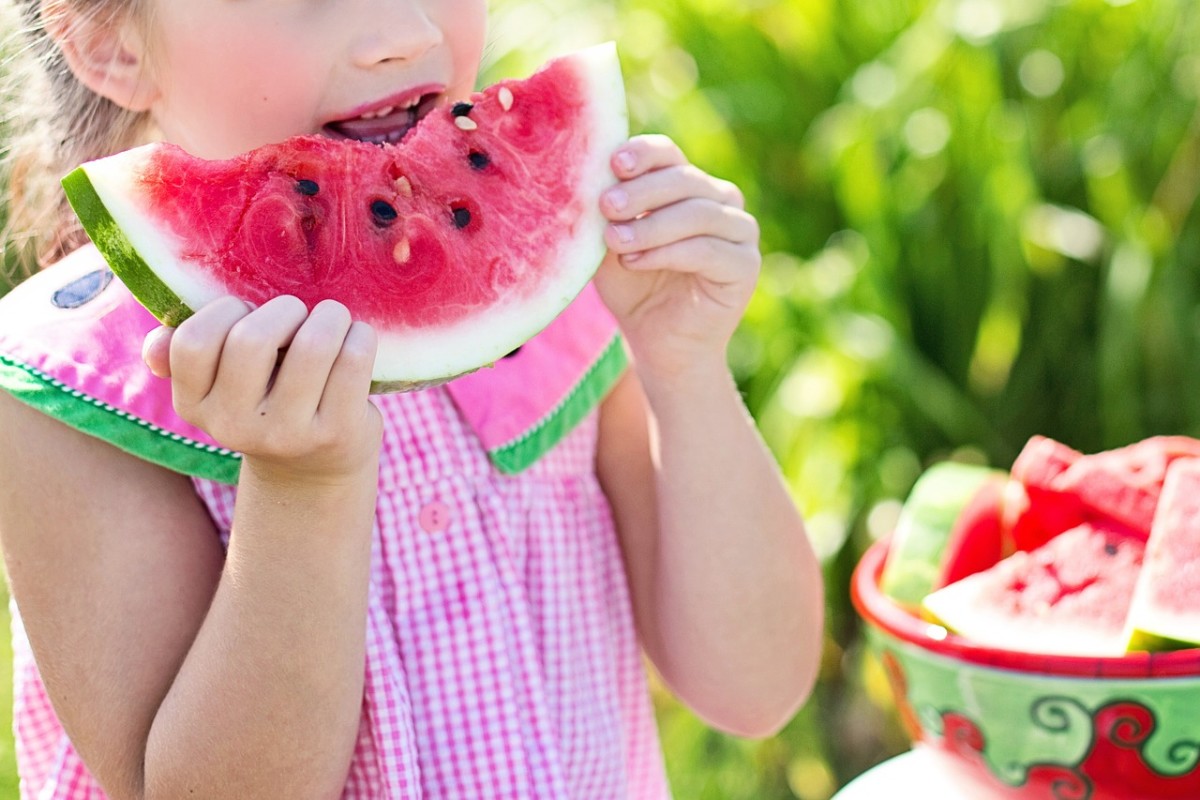Growing Blueberries In Your Garden
Fresh Blueberries
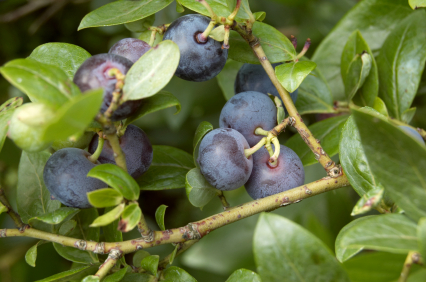
Blueberries have gained a lot of favor recently as a health food that is high in antioxidants. Nonetheless, they are a delicious treat and like most fruits, they always taste better when fresh from the garden. But how do you grow your own blueberries?
Blueberries grow on bushes that bear fruit for several years, so it can be a worthwhile investment of your time, money and efforts. You should also know that it takes a couple of years for blueberries to start producing depending on the variety you plant, unlike it's well-known companion strawberries.
Spotlight On Blueberries
Types of Blueberry Bushes and Their Hardy Zone
The first step in growing blueberries is to identify the type of blueberry bush that will grow best in your area. You need to make sure that the bush is suited to your hardiness zone. There are four basic target varieties of blueberries.
Highbush: This is the most common commercially grown type of bush and can grow over six feet tall. It produces larger fruit than some other varieties, is hardy up to zone 4, and can be grown in much of the south as well.
Half High Blueberries: Not quite as tall as the highbush, but are hardy as far north as zone 3. Somewhat smaller fruit than highbush as well.
Lowbush Blueberries: These are not as erect as the other varieties, growing up to 18 inches in height. They spread in growth through runners, acting like a groundcover and not as much as bushes. Hardy to zone 3, but does not do well in the south, these are much more a northern variety.
Rabbiteye blueberries: These are better for the south and are native to parts of the Southeast. These are the tallest variety of all and are hardy in zones 7 through 9.
Preparing the Soil to Grow Blueberries
Blueberries are related to azaleas and rhododendrons, and like very acidic soil similar to their plant cousins. The best soil pH would be about 4.5. They require some soil preparation, with a good first step mixing in a few bushels of peat moss. After that, test the soil again, and add sulfur to get the pH to the targeted range. It is best to use a soil gauge to check the proper soil levels.
Most blueberry plants have fairly shallow roots and since they will be in place for years the preparation of the soil is critical. The best is a loamy mix, consisting of 4-7% organic matter like compost. If the combination of acidity and drainage is not feasible you may want to consider raised garden beds.
When to Plant Blueberry Bushes
How many bushes should you plant? That, of course, will vary with the size of the family you want to feed, but four to six bushes can service an average family. The spacing should be five to six feet for the large varieties, and maybe three feet for the lowbush blueberries.
Blueberry bushes make better berries when they have a companion of different variety for cross-pollination.
Wait to plant until after the last frost date. When you are planting, dig a hole about 18 inches deep and 18 inches in diameter, which will accommodate plants grown in containers quite easily. As you pack the soil in around the root ball, cover the stem slightly. This will encourage runner development.
Care of Blueberry Bushes
These bushes need at least one or two inches of water per week. Keep in mind that tap water can affect the pH and mineral content of the soil so when possible use rainwater. To help retain water and reduce watering needs a two-to-four inch layer of organic mulch is recommended. This will naturally help suppress the weeds as well.
Use a fertilizer that won't increase the pH of the soil. It's also best to avoid concentrated fertilizers, since it is easy to damage the roots of your bushes if these aren't properly diluted. Organic fertilizers like soybean or cottonseed meal work very well, or you might use an organic azalea fertilizer as they are formulated to maintain a lower soil pH.
Blueberry bushes will likely not blossom until their second year, and many suggest removing any blossoms the first year to encourage stronger root systems and improve the long term yields of the bushes.
Controlling BIrds and Other Pests
Birds are the most common pest problem with blueberries. The simplest solution to controlling birds is bird netting. Just remember that when you put up bird netting, the birds can land on the ground and walk under it unless you secure it to the ground around the bushes. Sometimes you may have problems with rabbits or other small rodents. An effective solution there is to put a small chicken wire fence around your blueberries.
Pruning Blueberry Bushes
You probably won't need to prune your blueberry bushes for the first three years. Again, removing blossoms in the first year to stimulate strong new growth is encouraged. When the time comes to prune, do it in in the early spring on dormant plants. Thin out the dead and weak growth, and be sure to open up the middle of the plant to allow light and air to the center of the plant. Remember the blossoms bud out of two year old or older growth. Finally, when you have fruit set, like any fruit tree or bush, it's important to thin the bush because if there are too many berries are on the bush, they will not develop adequately.
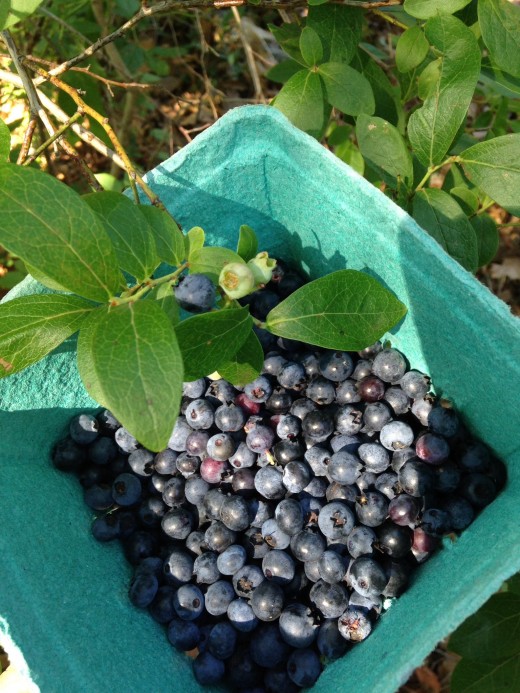
Harvesting Blueberries
Harvesting blueberries can be done by shaking the bush. Place a container, screen or towel under the bush. When they are ripe, they will simply fall out into your chosen vessel. Or, if you are harvesting wild blueberries, it is more than likely you will want to hand-pick the berries from the bush.
There is nothing like a handful of fresh berries to go plop on your breakfast cereal, bowl of ice cream or just plain pop them in your mouth! Blueberries are an excellent food to help lower your cholesterol.
This content reflects the personal opinions of the author. It is accurate and true to the best of the author’s knowledge and should not be substituted for impartial fact or advice in legal, political, or personal matters.
© 2008 Joanie Ruppel

